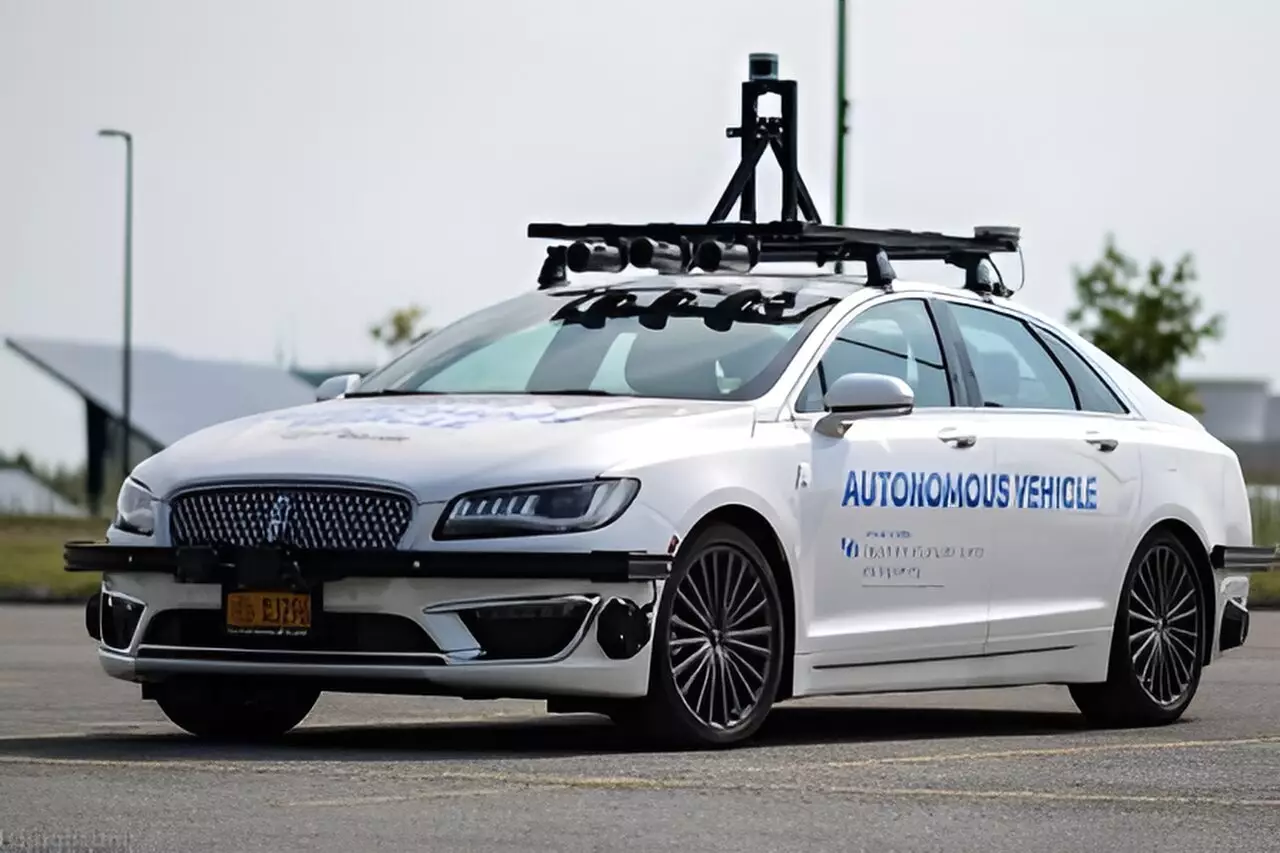The integration of artificial intelligence in self-driving vehicles has revolutionized the automotive industry. This technology is crucial for decision-making, predictive modeling, and sensing, among other tasks. However, recent research conducted at the University at Buffalo raises concerns about the vulnerability of these AI systems to potential attacks. The implications of these findings could have far-reaching effects on industries like automotive, tech, insurance, as well as government regulators and policymakers.
The research, led by Chunming Qiao, a SUNY Distinguished Professor in the Department of Computer Science and Engineering, has uncovered alarming vulnerabilities in the AI systems of autonomous vehicles. One example highlighted in the study involves strategically placing 3D-printed objects on a vehicle to render it invisible to AI-powered radar systems. This means that malicious actors could potentially manipulate these systems, leading to their failure. While the research is conducted in a controlled setting, it underscores the importance of ensuring the safety and security of AI models in self-driving vehicles.
The study, published in various papers dating back to 2021 and presented at prestigious conferences like the ACM SIGSAC Conference on Computer and Communications Security, sheds light on the susceptibility of lidars, radars, and cameras in autonomous vehicles. Yi Zhu, a cybersecurity specialist and primary author of the papers, emphasizes the vulnerability of millimeter wave radar, which is commonly used for object detection in adverse weather conditions. The research team conducted experiments involving the fabrication of “tile masks” using 3D printers and metal foils to deceive AI models in radar detection.
Potential attackers could exploit these vulnerabilities by placing adversarial objects on vehicles before a trip, during a temporary stop, or at a traffic light. This could lead to serious consequences such as accidents, insurance fraud, or harm to drivers and passengers. Zhu notes that adversarial examples in AI, where slight modifications can lead to erroneous results, pose significant challenges in ensuring the security of self-driving vehicles. The study highlights the need to address external threats to autonomous vehicles, which have been largely overlooked compared to internal safety measures.
While researchers are exploring ways to mitigate these vulnerabilities, there is still a long way to go in developing foolproof defenses against adversarial attacks. The complexity of AI systems in self-driving vehicles, combined with the evolving nature of cyber threats, necessitates continuous research and innovation in this area. Moving forward, it is crucial to not only focus on securing radar systems but also other sensors like cameras and motion planning modules. By addressing these vulnerabilities proactively, we can ensure the safe and reliable operation of autonomous vehicles in the future.


Leave a Reply